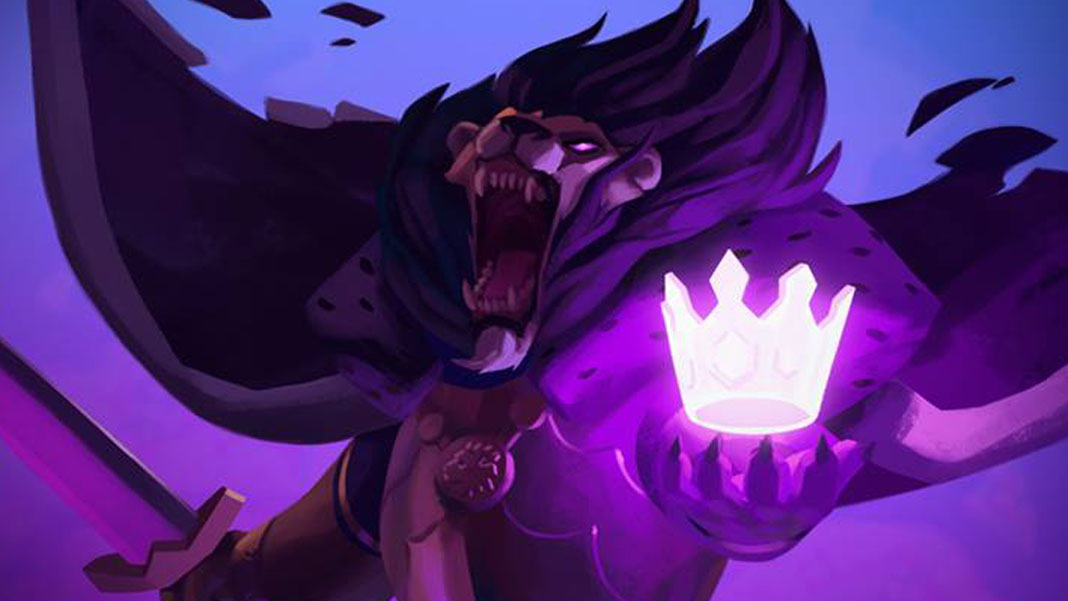For relatively quick doses of strategic bouts with an attractive design, Armello hits a sweet spot on the Nintendo Switch.
Made by Australian developer League of Geeks, Armello is a fantasy board game made digital. It follows the titular Armello, an animal-populated kingdom in turmoil as its literal lion king descends into madness and magical rot. His rapidly deteriorating state triggers a power struggle that the player must navigate to seize the throne.
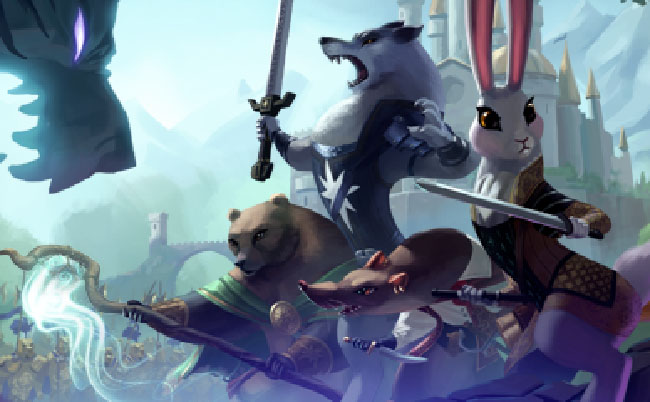
On-Screen Tabletop Gaming
The board game ties are implemented well, adding to Armello’s look and feel. Realizing that the animal kingdom is divided into different tiles you can traverse with a set number of moves per turn helps give a certain familiarity right off the bat, as long as you’ve played a board game before and recognize one of its common forms.
Bringing board game mechanics to a digital space remains consistent with giving your character a group of cards and even dice that will roll when the control stick’s moved.

But Armello lacks one major board game component that feels particularly jarring given its dedication to translating other aspects of that subgenre into a video game—there’s no simple local multiplayer mode to capture the feel of playing at the table with a group. You can only play with others online. (This absence might be a holdover from Armello’s days as a game first intended for iPad.)
Choice and Chance
Though drawing from strategy and dice-and-card battles, Armello can be thoughtful and actually rather relaxing too, with aspects of a turn-based style giving time to contemplate.
Its gameplay feels meditative in a way, when moving around the board and trying to decide your next move. You can choose between playing a card’s status effect, or tackling a dungeon tile, or playing it safe and biding your time, or some other option.

Each in-game card includes access to artist credit. This one is credited to Jerome Jacinto for art and animation.
Armello has many possibilities to choose from, providing a pretty customizable experience with a dizzying number of details, both overt and subtle.
Even before the actual campaign starts, there’s a round of customization to go through (though not to the extent of a BioWare RPG). You can pick animal characters based on their different traits. For example, the wolf clan tends to be better offensively, and the bear clan specializes in magic.
Characters can be further customized with different items you gradually unlock depending on how you played previous campaigns. Whenever you start a new campaign, another level of customization becomes open via the cards you gain access to.
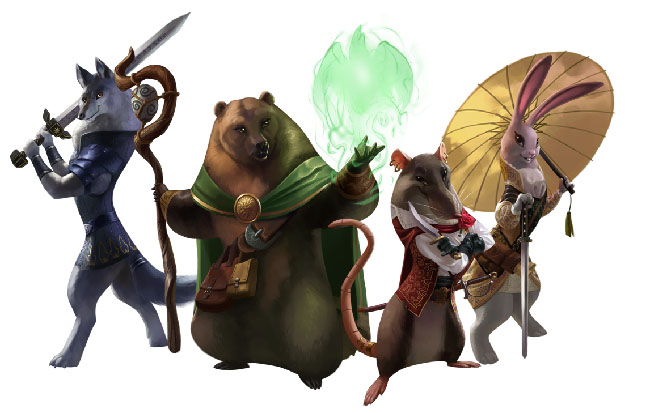
Playable characters include Thane of the Wolf Clan, Sana of the Bear Clan, Mercurio of the Rat Clan, and Amber of the Rabbit Clan.
There are even different ways to win and become the new ruler. For my first time, I tried to collect all the necessary spirit stones to purge the kingdom of a magical taint and obtain victory.
But while on my quest to gather the necessary number of spirit stones, I had become the prestige leader—and could have won by simply waiting for the king to die of his magical illness while I remained prestige leader. (In the end, I purified the kingdom with the spirit stones I found.)
As that suggests, customization or player control is balanced with a lot of chance. You make decisions based on the cards you’re randomly dealt and other options that are made available to you.
You may have planned to make it to that quest tile before your turn ends, but getting ambushed by a rival will make you think on your feet and change your strategy.
You may have planned to win one way, only to have another path to victory open up during your journey.
Rewarding the Ruthless
Despite this level of customization, there’s a surprising lack of moral dimension to most choices. But ultimately it feels like a different approach that works out, and not an issue.
Customization in Armello primarily occurs in terms of literally how you play and what you choose to do to win the throne, largely without role-playing out matters of characterization and ethics.
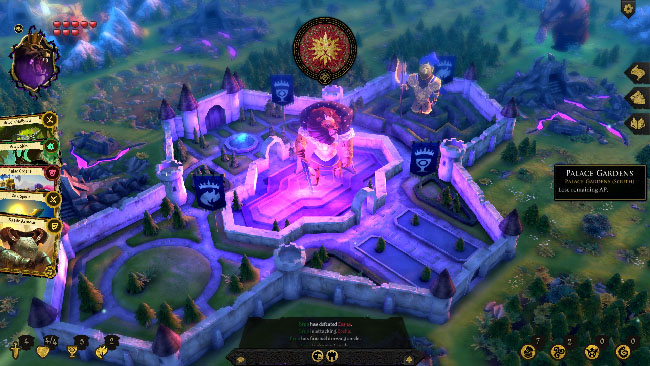
Without that emphasis on any actual morality, there’s more focus on simply winning, on how you approach gameplay.
For example, killing your rivals to increase your own prestige and lower theirs is generally encouraged and never examined (and they and you will always regenerate anyway, it’s not even game over).
Make a Run for the Throne Again and Again
Filled with all this detail and elements of customization and chance, experimenting with strategy and gameplay in repeated playthroughs is largely encouraged.
There’s even a clearly explained directory of achievements built into Armello’s menu, which helps poke players into trying new things when playing the game.
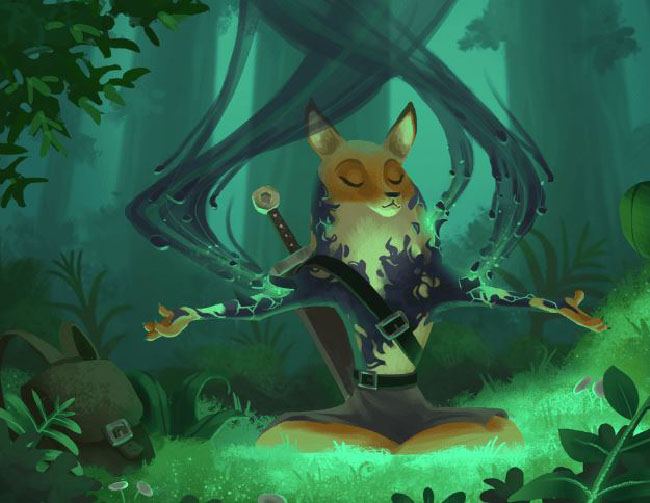
A snippet of the “The Cleansing Wyld” card. The card credits Melissa King as the artist.
Additionally, the relative brevity of each campaign makes it pretty easy to do multiple playthroughs. This is made possible through a set time limit—each campaign lasts only as long as the king lives, and he loses a piece of his life bar per turn while he gradually dies of magical rot.
Animal Artistry
The game’s array of detail includes intricate visual design as well. While the 3D board game space and the characters that populate it feel a bit like beautifully carved figures—with even better animation during battle finales—Armello really shines with its use of 2D art in cinematics, card art and other illustrations on menus and loading screens, and during in-game battles.
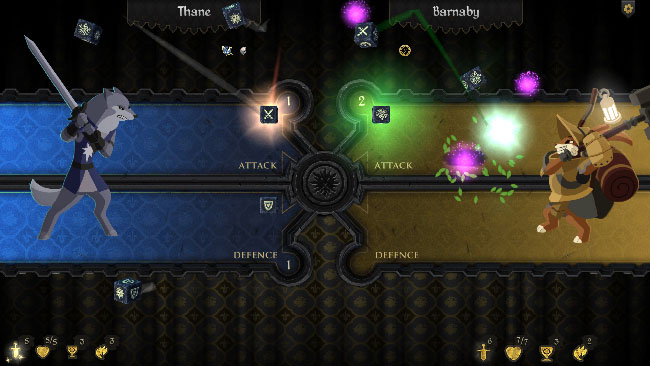
After you play your cards and roll the dice, 2D art of the characters will fight.
The 2D in-game battles may not be fully animated like the cinematics, but they feel like a quickly moving comic book due to the speed of the individual images flipping through the battle action, and the accompanying sound effects add a nice touch.
It’s all gorgeous, and it does feel like the lavish box art of a large tabletop board game.

Pros
- Entertaining gameplay mechanics that largely capture the feel of a tabletop board game.
- Gorgeous use of 2D art.
- Campaigns can be short, making the game good for multiple playthroughs, or starting and finishing one round if short on time.
- The details of the game can change with each playthrough, depending on character selection, strategy, randomly generated scenarios, and other various factors.
Cons
- No local multiplayer mode.
- Small text.
- Unclear in some cases.
Conclusion
Armello is a good mix of strategy and brevity for an almost pick-up-and-go board game experience. It’s a playground for experimenting with different ways to win a throne, and going through each campaign can feel both meditative and engaging. On top of that, Armello is wonderful to look at, with art as equally engaging as its gameplay.
(Note: Nintendo Switch review copy provided by developer League of Geeks.)
